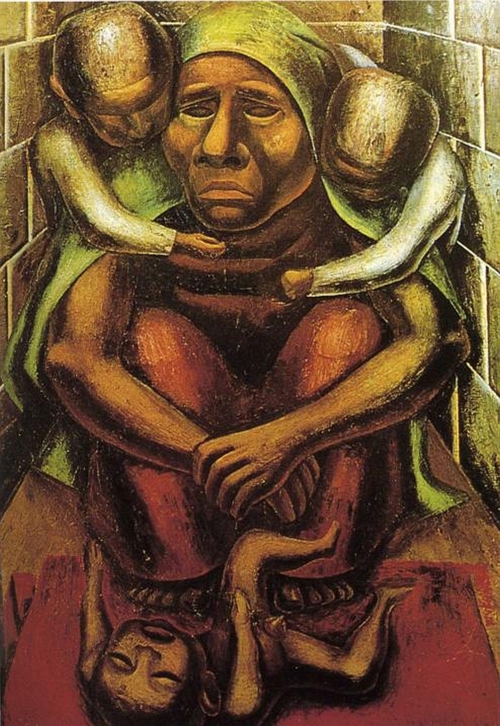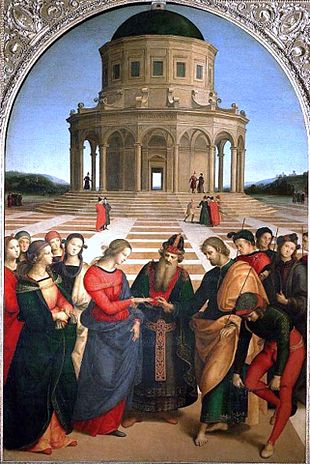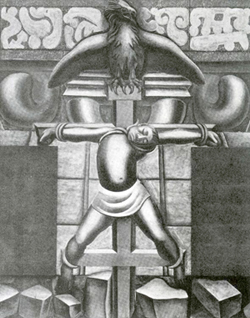Prior to the Mexican Revolution, there wasn't art on the streets that reflected the political and social climate of the society on a grand scale. It wasn't until 1906 when a political theorist, professor, and artist, Dr. Atl, called on Mexican artists to develop a national art that was directly inspired by ancient indigenous culture. One such artist and student, David Alfaro Siqueiros, developed this idea further when he issued a manifesto on behalf of the Syndicate of Technical Workers and Sculptors, which was a newly created artists' trade union that ushered in a new and revolutionary art form, that was monumental in scope and available to the masses as public property. In the manifesto, he attacked art for the sake of individual expression and satisfaction, easel painting for the bourgeoisie, and aristocratic art for the intelligentsia. The spirit of the Mexican Revolution changed the perception of artists and shifted it to represent ideological works for the people instead of a group of elitist patrons. And so began the Mexican Muralist Renaissance, which coincidentally was in direct opposition to modern art practiced in Europe and the United States at the time.

Many of the leading Mexican artists of the movement studied at the renowned Academy of San Carlos in Mexico City, the first major art academy and art museum in the American continent, founded in 1781. During the early period of the Revolution and shortly after, many Mexican artists received grants and scholarships to travel to Europe to learn other art forms, but it was the Italian Renaissance masters that had the most influence. Since classic antiquity, fresco painting had been executed in ancient Greece and Rome on tombs, catacombs, and ruins depicting everyday life and society. During the Middle Ages, or the Italian Renaissance period, frescos were commissioned by the clergy and wealthy patrons on churches, Basilicas, and government buildings, who were looking to revive the art of their ancient cultures. Since most of these commissions were granted by the Catholic Church, most of the frescoes had allegorical and religious, philosophical, and humanistic themes that dominated European society, and helped take them out of the Dark Ages.

After many of those Mexican artists returned to Mexico, their concerns focused on providing a visual dialogue for the Mexican people and art that reflected them. It wasn't necessary to go to a modern museum, gallery, or a wealthy person's house to see work, the goal was for the art to be found in public spaces that weren't isolated from public view. This leads to another fundamental principle during the Mexican Renaissance. Most of the Mexican artists were not isolated politically or intellectually from the current society, on the contrary, most were directly involved in the Revolution in some significant way. This is in complete contrast with many Western artists, including modern-day, where the artist is in complete isolation and works in hermetic fashion through self-expression and is then championed as a master or hero of the cause at an art exhibit. The Mexican muralists played a pivotal role in helping shape their society by writing manifestos, joining the Communist party, participating in strikes, occupying institutions, and fighting in the war. And as we all know, Siqueiros was even imprisoned for his role in the assassination attempt of Leon Trotsky, and spent many years in prison for his political beliefs, and he was also kicked out of countries for his radical thoughts, like the United States.
